The army has moved almost 800 soldiers to deal with the onslaught. TV reports said encounters were on at eight locations and commandos were being flown in.
It is no more an ‘intrusion’ of terrorists into Kashmir. It is ‘armed intrusion’.
The last time the government used such a term emphatically was during the Kargil war in 1999.
The army has moved up almost 800 Rashtriya Rifles men to deal with the onslaught.
Television reports said encounters between the infiltrators and security forces were on at eight locations and that commandos were being air-dropped.
Reluctant to brand them as Taliban, top government officials here admit that qualitatively different types of terrorists are intruding into Kashmir this year.
Many are beginning to call the entry of heavily armed, seasoned terrorists as “armed intrusions”, shedding their otherwise preferred, and milder, nomenclature.
Sources said there is no confirmation if the over 20 hardcore terrorists who entered Kashmir in March-April are of the Taliban. “But there are indications that they are not from the traditional militant bases of Punjab and Pakistan-occupied Kashmir,” a senior official said.
Two intercepts of conversations between terrorists in the valley indicate as much. One of them tells the other that the intruders are “Taliban” but it could be their way of referring to a ‘foreign’ fighter, establishment analysts pointed out. “We have heard them referring to Qaeda but that has turned out to be false,” the official said.
At the highest levels there is concern about the changing pattern, including the fact that groups of an unusually large number of heavily armed terrorists are crossing the Line of Control into India.
Army says the large-scale infiltration in Jammu and Kashmir is actually armed intrusion.
“We can no more call it infiltration. They are armed intrusions,” said a source. “They are ready to fight their way into the valley when challenged by the army,” he pointed out.
Last week, the home secretary, defence secretary and senior officers met key security officials in Jammu & Kashmir to discuss the new trend. An unusually large number of them — over two dozen in some cases — are coming together and putting up a stiff fight with the army when intercepted. They would sneak into the valley in groups of five or six. Some get killed, but many enter Kashmir. “They could be terrorists from the North West Frontier Province and Baluchistan, hired for a payment, to step up violence,” said an intelligence source. It could be also be the Taliban. “It doesn’t make a qualitative difference to us. They are hardcore terrorists capable of putting up unusually violent attacks,” said an army officer.
Veteran terrorists are being sent in along with less experienced or fresh recruits of other groups such as the Hizbul Mujahideen. “The veterans may have escaped. The less experienced have been killed by agencies,” said a senior official in the security establishment.
Last month in Kupwara, security forces gunned down 18 terrorists and eight soldiers were killed in an encounter. Similar intensive cases of infiltration have been intercepted in Gurez and Handwara recently.
The government believes that Pakistani terror groups, especially the Lashkar-e-Taiba, in collusion with a section of the Pakistan army and Inter Services Intelligence, may be pushing these hardcore terrorists into India. Some could be entering India to escape the tightening grip of security forces and increasing American attacks in that country.
With this infiltration, terror attacks in J&K and elsewhere in India could significantly increase this summer, according to intelligence assessments. The new entrants could try to disrupt the elections. There is no concrete evidence, though home minister P Chidambaram generally cautioned political leaders.
There were three major infiltration bids involving large groups in recent weeks. The operation has entered the fourth day in Lolab Valley of Kupwara, where another big, heavily armed group had entered.
Analysts believe that 20 to 40 veteran terror operatives may have sneaked into J&K in March-April.
Muzammil, an alias of a senior Lashkar operative who may have played a key role in the Mumbai attacks, is among those steering this aggressive infiltration. But there is no evidence to show it is the same Muzammil. Many key Lashkar leaders are behind bars or their movement is restricted.
Investigators, however, have substantial evidence against Zarar Shah, coordinator of the Mumbai attacks.
![submenu-img]() Firing at Salman Khan's house: Shooter identified as Gurugram criminal 'involved in multiple killings', probe begins
Firing at Salman Khan's house: Shooter identified as Gurugram criminal 'involved in multiple killings', probe begins![submenu-img]() Salim Khan breaks silence after firing outside Salman Khan's Mumbai house: 'They want...'
Salim Khan breaks silence after firing outside Salman Khan's Mumbai house: 'They want...'![submenu-img]() India's first TV serial had 5 crore viewers; higher TRP than Naagin, Bigg Boss combined; it's not Ramayan, Mahabharat
India's first TV serial had 5 crore viewers; higher TRP than Naagin, Bigg Boss combined; it's not Ramayan, Mahabharat![submenu-img]() Vellore Lok Sabha constituency: Check polling date, candidates list, past election results
Vellore Lok Sabha constituency: Check polling date, candidates list, past election results![submenu-img]() Meet NEET-UG topper who didn't take admission in AIIMS Delhi despite scoring AIR 1 due to...
Meet NEET-UG topper who didn't take admission in AIIMS Delhi despite scoring AIR 1 due to...![submenu-img]() DNA Verified: Is CAA an anti-Muslim law? Centre terms news report as 'misleading'
DNA Verified: Is CAA an anti-Muslim law? Centre terms news report as 'misleading'![submenu-img]() DNA Verified: Lok Sabha Elections 2024 to be held on April 19? Know truth behind viral message
DNA Verified: Lok Sabha Elections 2024 to be held on April 19? Know truth behind viral message![submenu-img]() DNA Verified: Modi govt giving students free laptops under 'One Student One Laptop' scheme? Know truth here
DNA Verified: Modi govt giving students free laptops under 'One Student One Laptop' scheme? Know truth here![submenu-img]() DNA Verified: Shah Rukh Khan denies reports of his role in release of India's naval officers from Qatar
DNA Verified: Shah Rukh Khan denies reports of his role in release of India's naval officers from Qatar![submenu-img]() DNA Verified: Is govt providing Rs 1.6 lakh benefit to girls under PM Ladli Laxmi Yojana? Know truth
DNA Verified: Is govt providing Rs 1.6 lakh benefit to girls under PM Ladli Laxmi Yojana? Know truth![submenu-img]() Remember Jibraan Khan? Shah Rukh's son in Kabhi Khushi Kabhie Gham, who worked in Brahmastra; here’s how he looks now
Remember Jibraan Khan? Shah Rukh's son in Kabhi Khushi Kabhie Gham, who worked in Brahmastra; here’s how he looks now![submenu-img]() From Bade Miyan Chote Miyan to Aavesham: Indian movies to watch in theatres this weekend
From Bade Miyan Chote Miyan to Aavesham: Indian movies to watch in theatres this weekend ![submenu-img]() Streaming This Week: Amar Singh Chamkila, Premalu, Fallout, latest OTT releases to binge-watch
Streaming This Week: Amar Singh Chamkila, Premalu, Fallout, latest OTT releases to binge-watch![submenu-img]() Remember Tanvi Hegde? Son Pari's Fruity who has worked with Shahid Kapoor, here's how gorgeous she looks now
Remember Tanvi Hegde? Son Pari's Fruity who has worked with Shahid Kapoor, here's how gorgeous she looks now![submenu-img]() Remember Kinshuk Vaidya? Shaka Laka Boom Boom star, who worked with Ajay Devgn; here’s how dashing he looks now
Remember Kinshuk Vaidya? Shaka Laka Boom Boom star, who worked with Ajay Devgn; here’s how dashing he looks now![submenu-img]() DNA Explainer: How Iranian projectiles failed to breach iron-clad Israeli air defence
DNA Explainer: How Iranian projectiles failed to breach iron-clad Israeli air defence![submenu-img]() DNA Explainer: What is India's stand amid Iran-Israel conflict?
DNA Explainer: What is India's stand amid Iran-Israel conflict?![submenu-img]() DNA Explainer: Why Iran attacked Israel with hundreds of drones, missiles
DNA Explainer: Why Iran attacked Israel with hundreds of drones, missiles![submenu-img]() What is Katchatheevu island row between India and Sri Lanka? Why it has resurfaced before Lok Sabha Elections 2024?
What is Katchatheevu island row between India and Sri Lanka? Why it has resurfaced before Lok Sabha Elections 2024?![submenu-img]() DNA Explainer: Reason behind caused sudden storm in West Bengal, Assam, Manipur
DNA Explainer: Reason behind caused sudden storm in West Bengal, Assam, Manipur![submenu-img]() Firing at Salman Khan's house: Shooter identified as Gurugram criminal 'involved in multiple killings', probe begins
Firing at Salman Khan's house: Shooter identified as Gurugram criminal 'involved in multiple killings', probe begins![submenu-img]() Salim Khan breaks silence after firing outside Salman Khan's Mumbai house: 'They want...'
Salim Khan breaks silence after firing outside Salman Khan's Mumbai house: 'They want...'![submenu-img]() India's first TV serial had 5 crore viewers; higher TRP than Naagin, Bigg Boss combined; it's not Ramayan, Mahabharat
India's first TV serial had 5 crore viewers; higher TRP than Naagin, Bigg Boss combined; it's not Ramayan, Mahabharat![submenu-img]() This film has earned Rs 1000 crore before release, beaten Animal, Pathaan, Gadar 2 already; not Kalki 2898 AD, Singham 3
This film has earned Rs 1000 crore before release, beaten Animal, Pathaan, Gadar 2 already; not Kalki 2898 AD, Singham 3![submenu-img]() This Bollywood star was intimated by co-stars, abused by director, worked as AC mechanic, later gave Rs 2000-crore hit
This Bollywood star was intimated by co-stars, abused by director, worked as AC mechanic, later gave Rs 2000-crore hit![submenu-img]() IPL 2024: Rohit Sharma's century goes in vain as CSK beat MI by 20 runs
IPL 2024: Rohit Sharma's century goes in vain as CSK beat MI by 20 runs![submenu-img]() RCB vs SRH IPL 2024 Dream11 prediction: Fantasy cricket tips for Royal Challengers Bengaluru vs Sunrisers Hyderabad
RCB vs SRH IPL 2024 Dream11 prediction: Fantasy cricket tips for Royal Challengers Bengaluru vs Sunrisers Hyderabad ![submenu-img]() IPL 2024: Phil Salt, Mitchell Starc power Kolkata Knight Riders to 8-wicket win over Lucknow Super Giants
IPL 2024: Phil Salt, Mitchell Starc power Kolkata Knight Riders to 8-wicket win over Lucknow Super Giants![submenu-img]() IPL 2024: Why are Lucknow Super Giants wearing green and maroon jersey against Kolkata Knight Riders at Eden Gardens?
IPL 2024: Why are Lucknow Super Giants wearing green and maroon jersey against Kolkata Knight Riders at Eden Gardens?![submenu-img]() IPL 2024: Shimron Hetmyer, Yashasvi Jaiswal power RR to 3 wicket win over PBKS
IPL 2024: Shimron Hetmyer, Yashasvi Jaiswal power RR to 3 wicket win over PBKS![submenu-img]() Watch viral video: Isha Ambani, Shloka Mehta, Anant Ambani spotted at Janhvi Kapoor's home
Watch viral video: Isha Ambani, Shloka Mehta, Anant Ambani spotted at Janhvi Kapoor's home![submenu-img]() This diety holds special significance for Mukesh Ambani, Nita Ambani, Isha Ambani, Akash, Anant , it is located in...
This diety holds special significance for Mukesh Ambani, Nita Ambani, Isha Ambani, Akash, Anant , it is located in...![submenu-img]() Swiggy delivery partner steals Nike shoes kept outside flat, netizens react, watch viral video
Swiggy delivery partner steals Nike shoes kept outside flat, netizens react, watch viral video![submenu-img]() iPhone maker Apple warns users in India, other countries of this threat, know alert here
iPhone maker Apple warns users in India, other countries of this threat, know alert here![submenu-img]() Old Digi Yatra app will not work at airports, know how to download new app
Old Digi Yatra app will not work at airports, know how to download new app


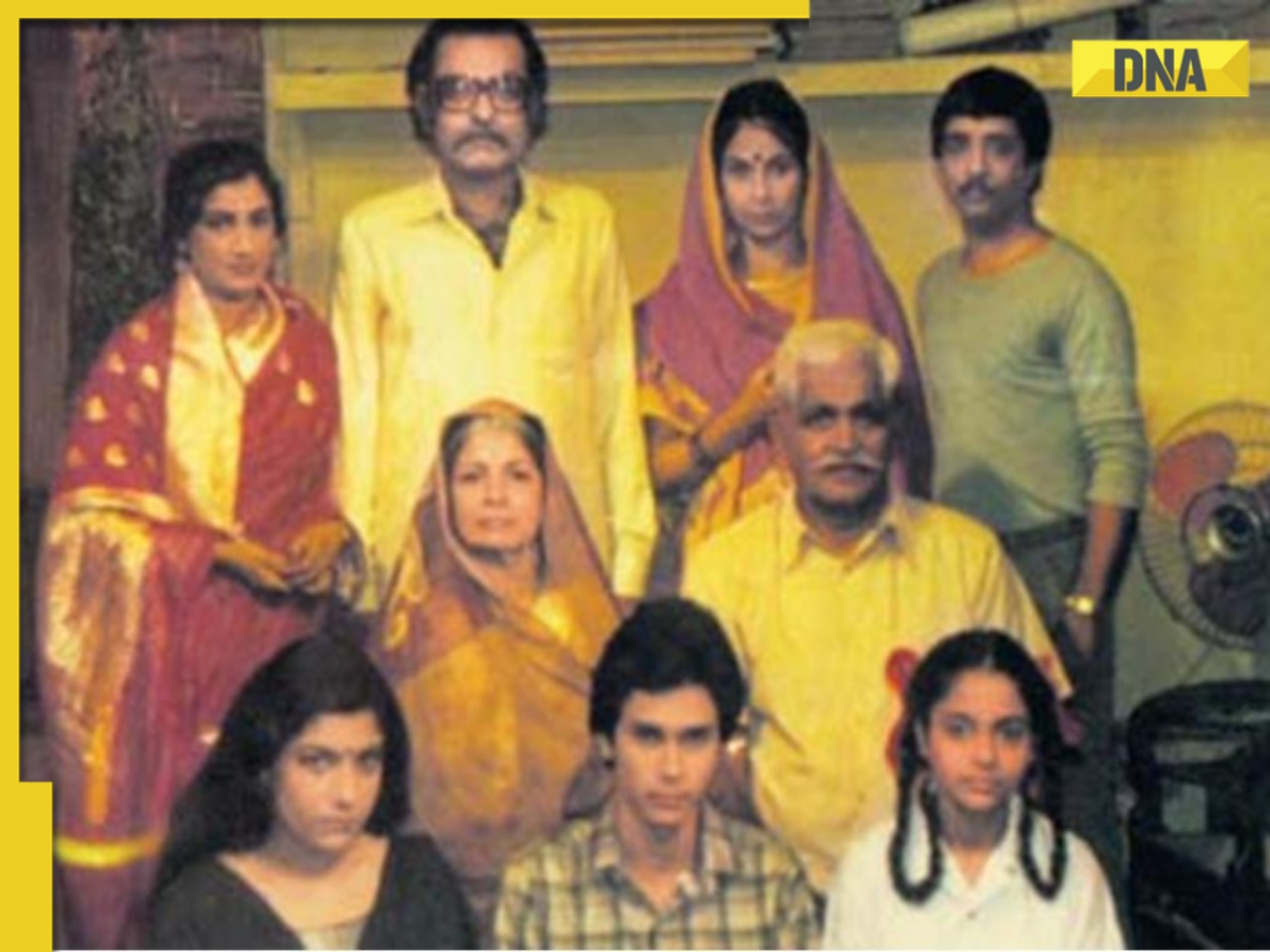
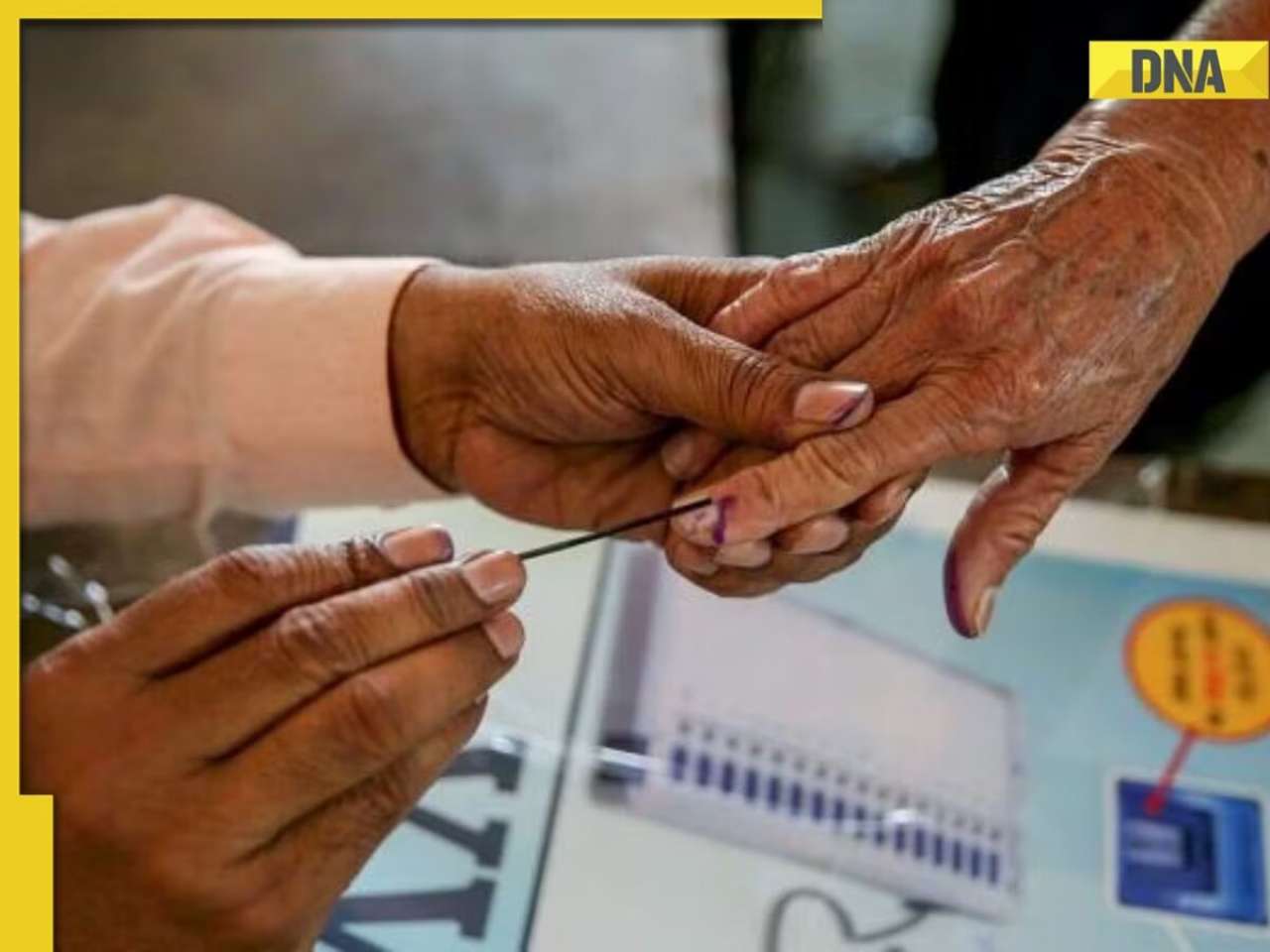




















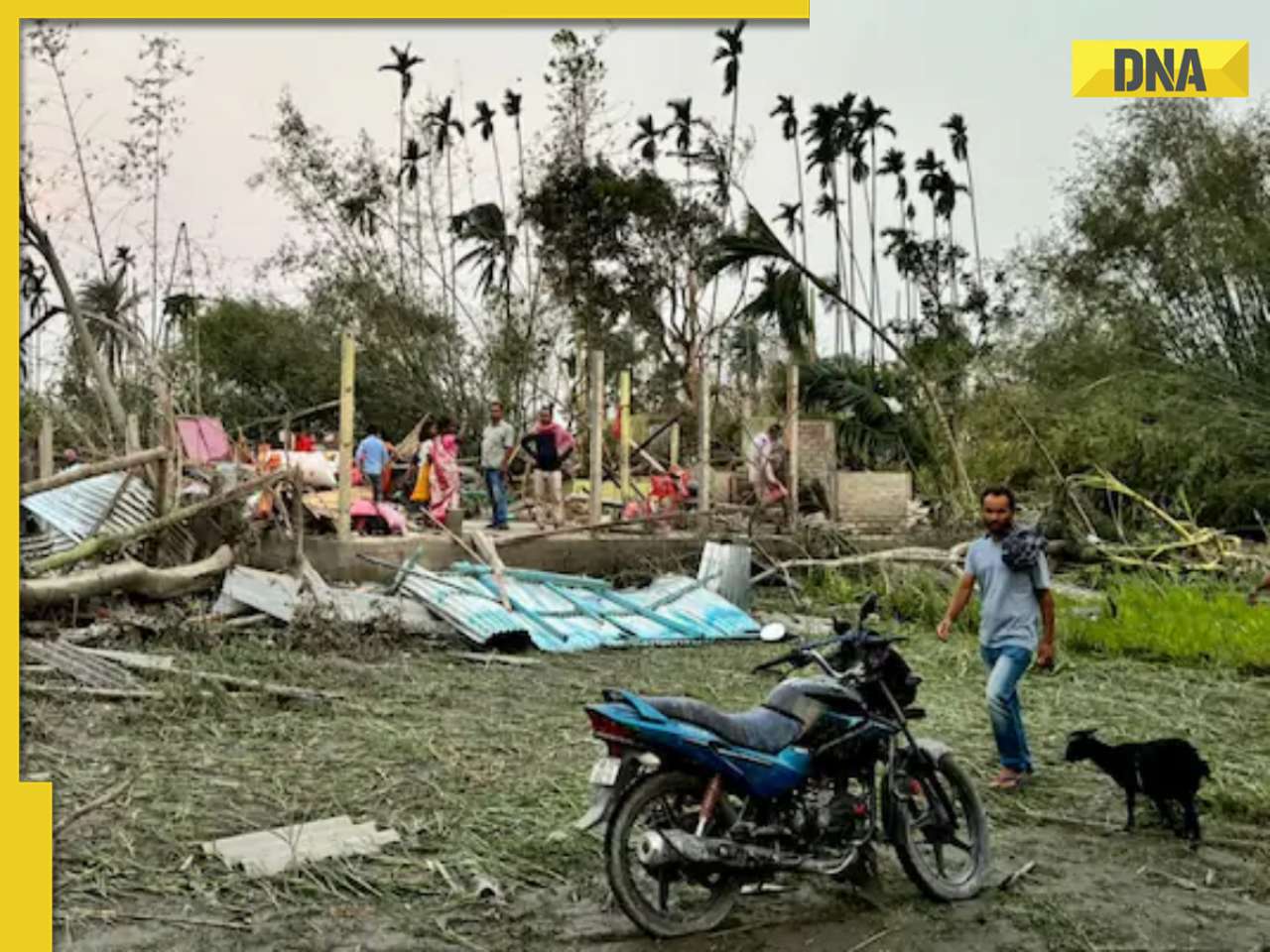
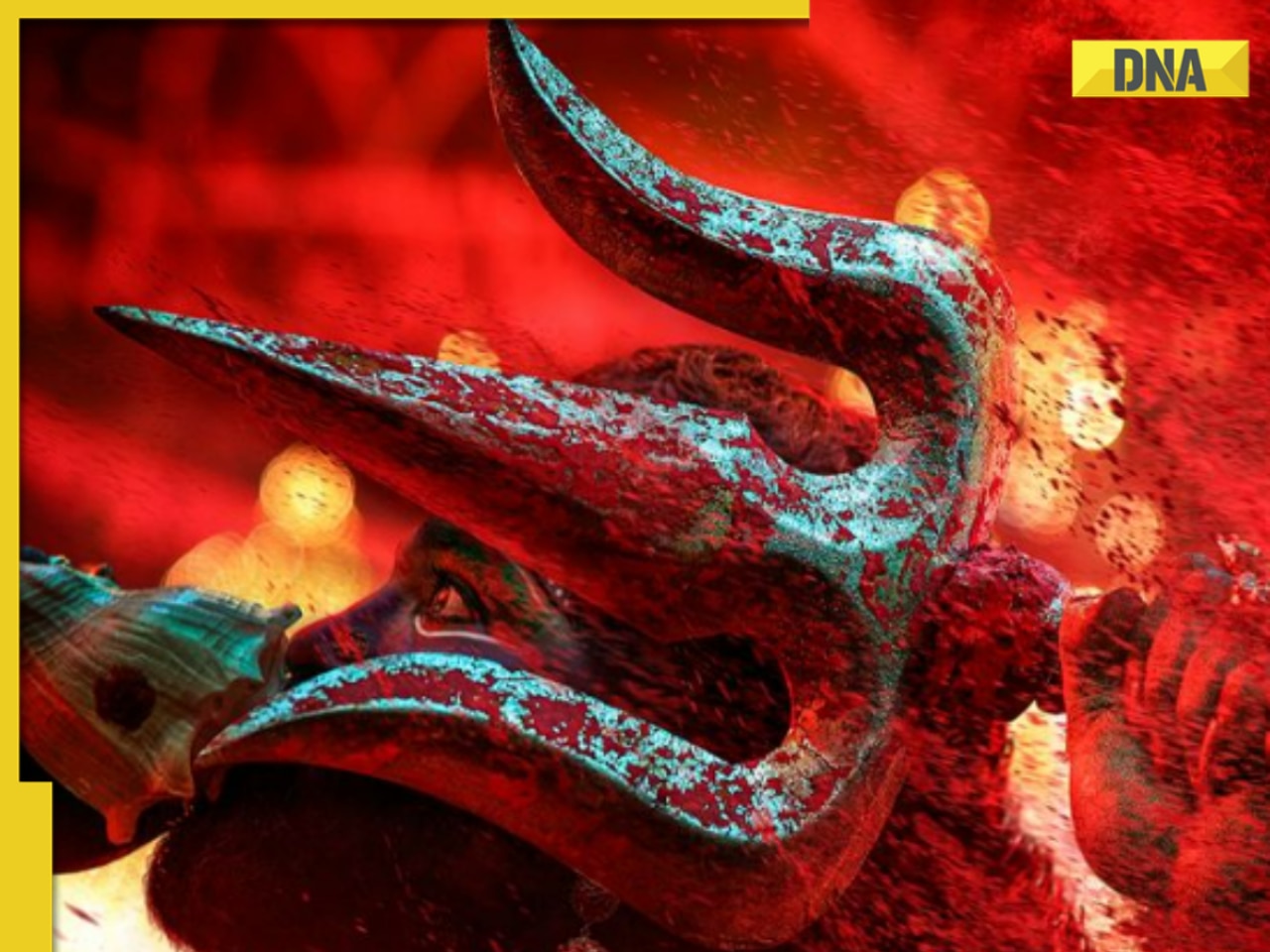
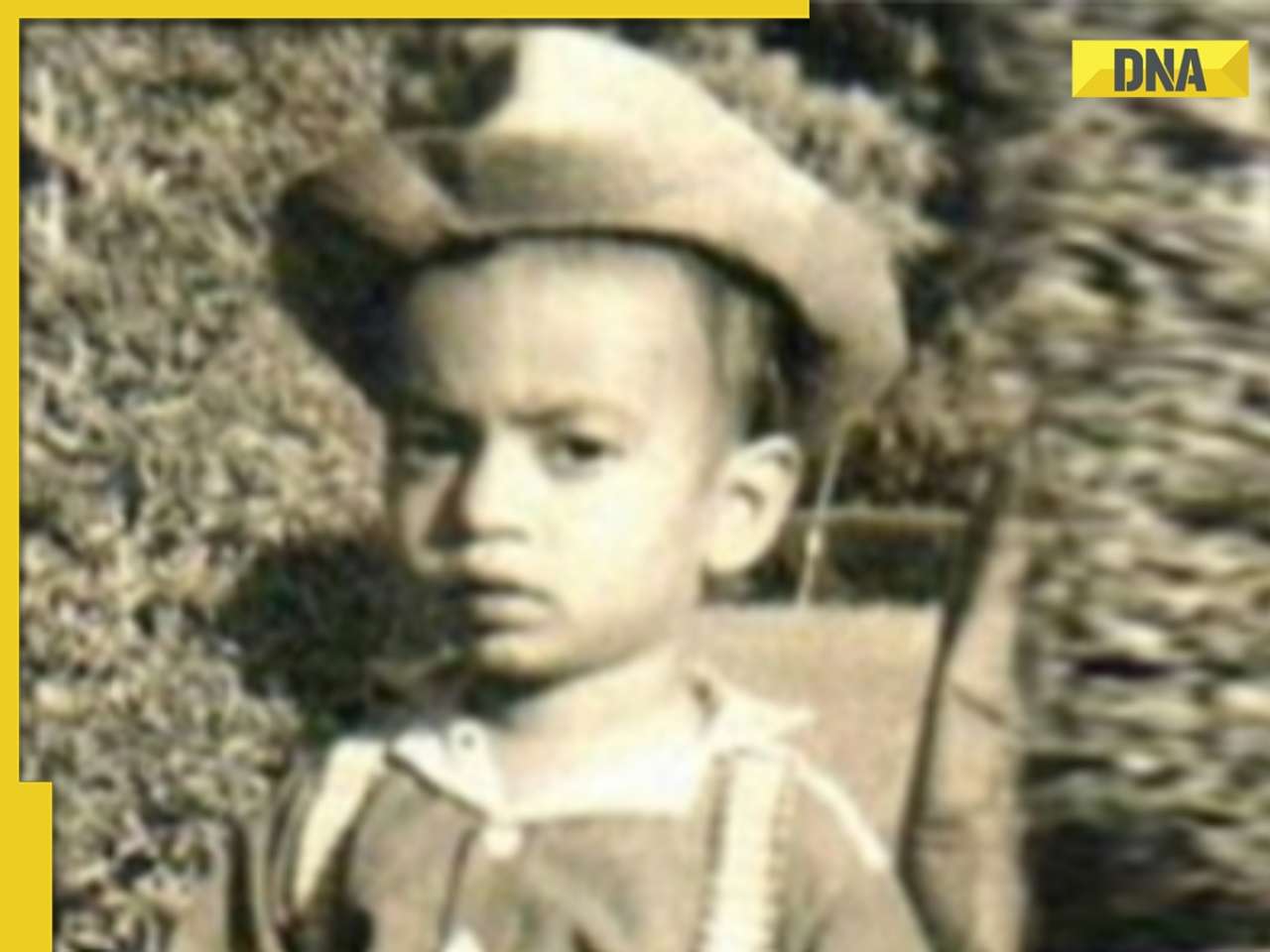
















)
)
)
)
)
)